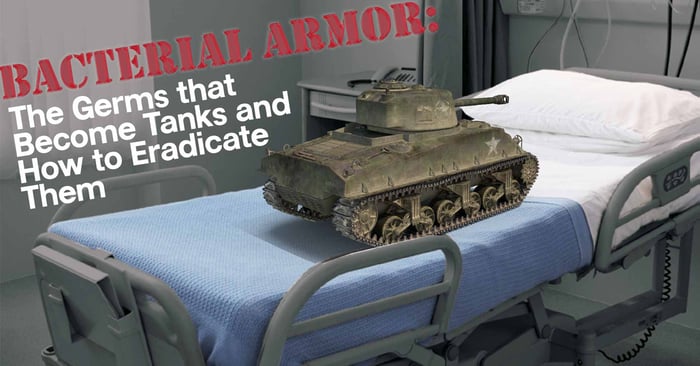2 min read.
New Study Demonstrates Biocidal Efficacy of Copper-Infused Surfaces on C. difficile Spores
Healthcare-associated infections (HAIs) remain a significant challenge in clinical environments, and Clostridioides difficile (C. difficile) is one...
![EOScu Logo - Dark - Outlined [07182023]-01](https://blog.eoscu.com/hubfs/Eoscu_June2024/Images/EOScu%20Logo%20-%20Dark%20-%20Outlined%20%5B07182023%5D-01.svg)








